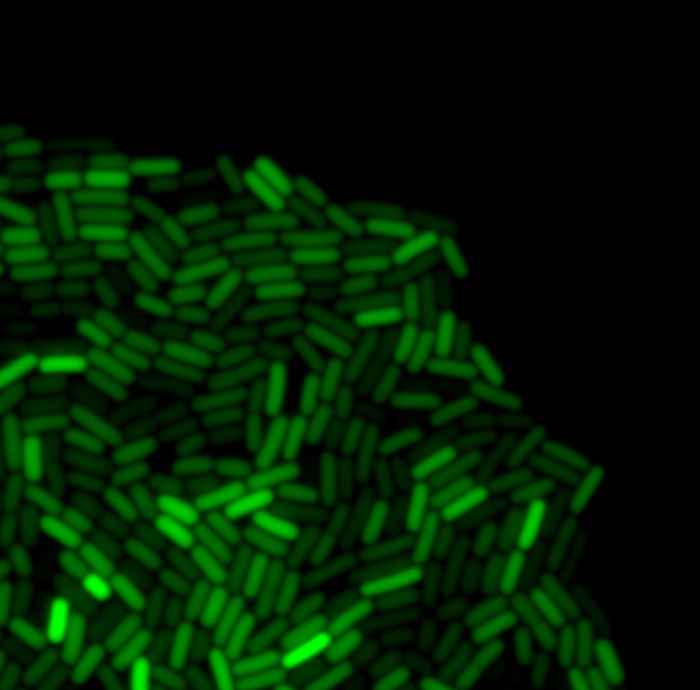Microbiologists Discover How Antibiotic-Tolerant ‘Persister’ Cells Can Be Killed
11 September 2024

Antibiotic Resistance
Antibiotic resistance is a growing concern, especially with prolonged and recurring infections. A major issue is the presence of bacterial cells in the so-called persister state. In this state, they either stop growing temporarily or grow very slowly, making them resistant to traditional antibiotics that target cell wall, protein, or DNA synthesis. Hamoen and his colleagues found that these cells can still be killed by compounds that disrupt the electrical charge across the cell membrane. "It was a big surprise for us that this disruption leads to the production of superoxide radicals, which damage essential cell components, like DNA and proteins," Hamoen explains.

A key source of the superoxide radicals turned out to be the conserved Rieske factor QcrA (see box), which is also found in mitochondria (the 'powerhouses' of a cell). Using fluorescence microscopy, the researchers demonstrated that disrupting the membrane's electrical charge likely causes this Rieske factor to detach from the large membrane protein complex it is normally part of.
Hamoen adds, "This finding explains why antibiotics that target the cell membrane are effective against slow-growing bacteria, such as the tuberculosis bacillus. This opens up possibilities for developing new antibiotics that can target antibiotic-tolerant persister cells and bacteria that have become resistant to conventional antibiotics."
Publication details
Declan Gray, Biwen Wang, Margareth Sidarta, Fabián Cornejo, Jurian Wijnheijmer, Rupa Rani, Pamela Gamba, Kürşad Turgay, Michaela Wenzel, Henrik Strahl and Leendert Hamoen: ‘Membrane depolarization kills dormant Bacillus subtilis cells by generating a lethal dose of ROS’, in: Nature Communications 15, 6877 (2024) https://doi.org/10.1038/s41467-024-51347-0